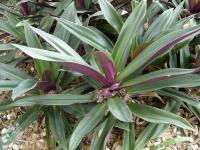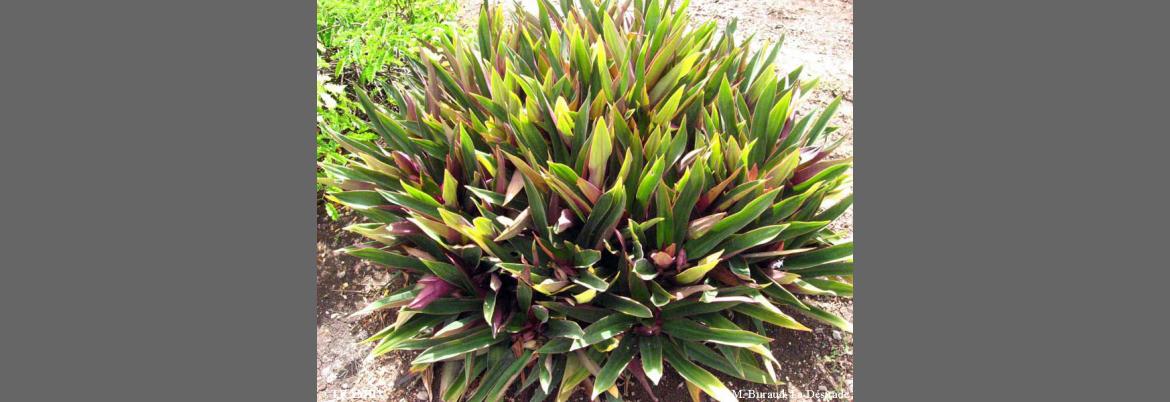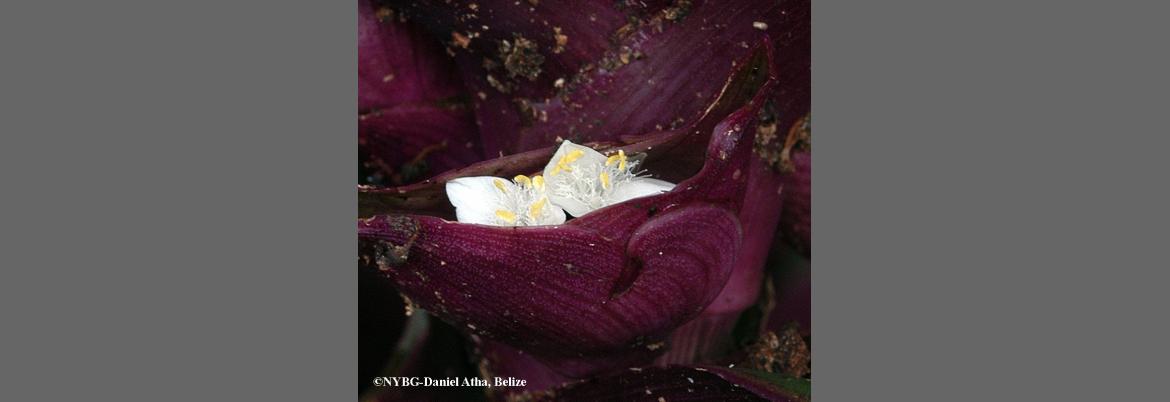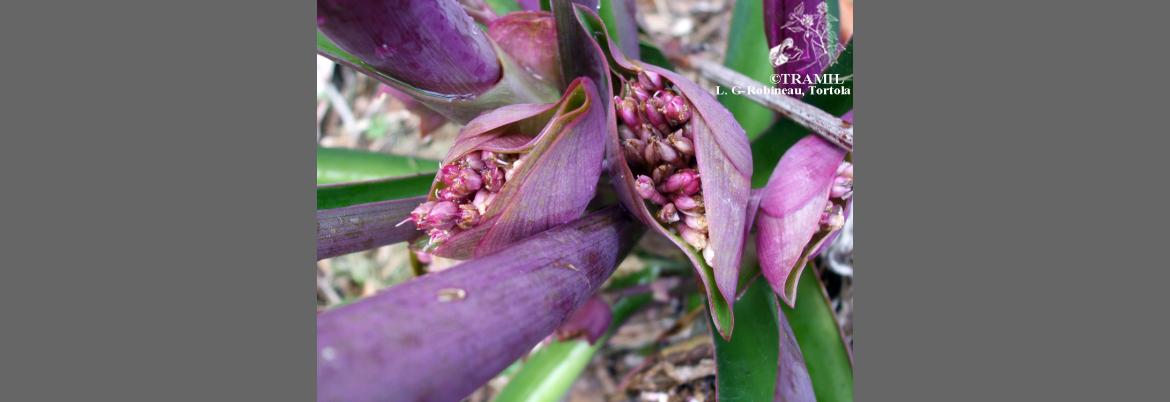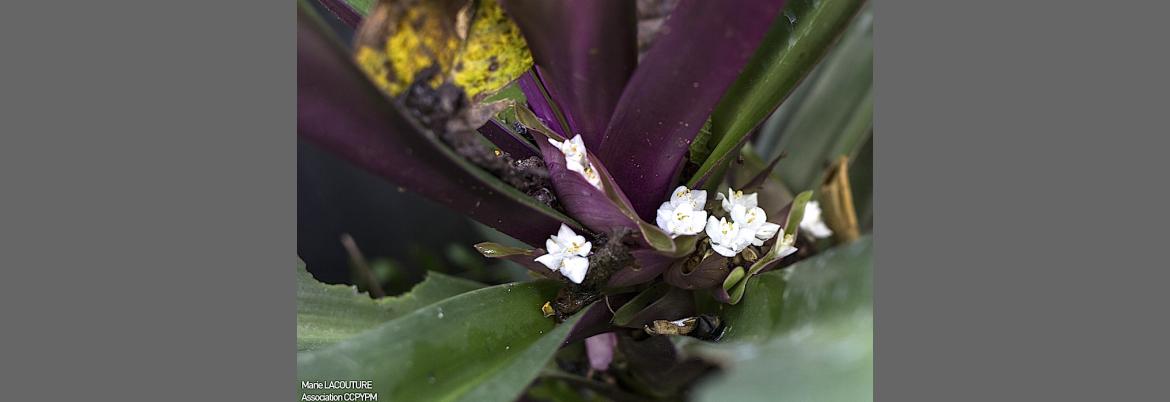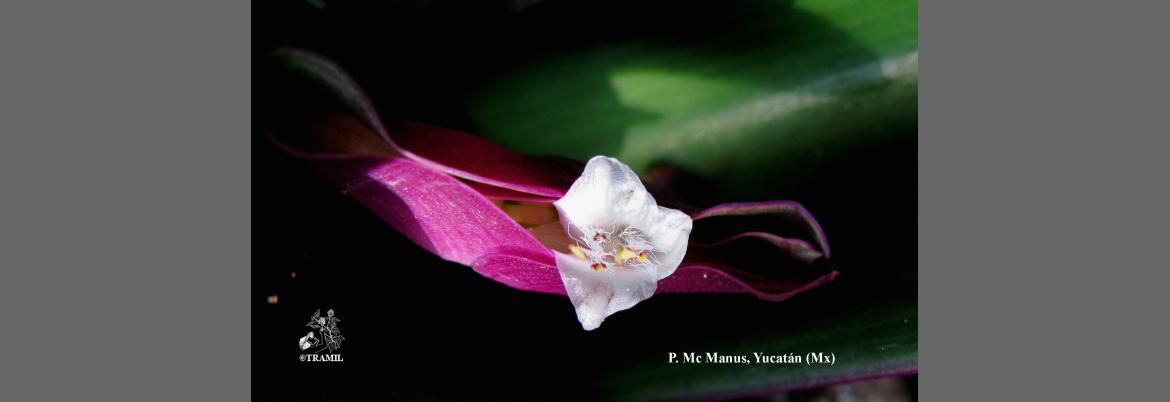1 GERMOSEN-ROBINEAU L, GERONIMO M, AMPARO C, 1984 Encuesta TRAMIL. enda-caribe, Santo Domingo, Rep. Dominicana.
2 WENIGER B, ROUZIER M, 1986 Enquête TRAMIL. Service Oecuménique d'Entraide SOE, Port au Prince, Haïti.
3 WENIGER B, 1987-88 Encuesta TRAMIL. enda-caribe, Santo Domingo, Rep. Dominicana.
4 WHO, 1991 Pautas para la evaluación de medicamentos herbarios WHO/TRM/91.4 (original inglés). Programa de Medicina Tradicional, OMS, Ginebra, Suiza.
5 LAMPE KF, FAGERSTRÖM R, 1968 Plant toxicity and dermatitis: A manual for physicians. Baltimore, USA: Williams & Wilkins.
6 IDAKA E, OGAWA T, KONDO T, GOTO T, 1987 Isolation of highly acylated anthocyanins from Commelinaceae plants, Zebrina pendula, Rhoeo spathacea and Setcreasea purpurea. Agr Biol Chem 51(8):2215-2220.
7 YEOH HH, WEE YC, WATSON L, 1986 Taxonomic variation in total leaf protein amino acid compositions of monocotyledonous plants. Biochem Syst Ecol 14(1):91-96.
8 WENIGER B, HAAG-BERRURIER M, ANTON R, 1982 Plants of Haiti used as antifertility agents. J of Ethnopharmacology 6(1):67-84.
9 GUPTA M, ESPOSITO AVELLA M, 1988 Evaluación química y farmacológica de algunas plantas medicinales de TRAMIL. Centro de Investigaciones Farmacognósticas de la Flora Panameña CIFLORPAN, Facultad de Farmacia, Universidad de Panamá, Panamá, Panamá. TRAMIL III, La Habana, Cuba, MINSAP/enda-caribe.
10 PEREZ RM, 1996 Anti-inflammatory activity of Ambrosia artemisiaefolia and Rhoeo spathacea. Phytomedicine 3(2):163-167.
11 SUFFNESS M, ABBOTT B, STATZ DW, WONILOWICZ E, SPJUT R, 1988 The utility of P388 leukemia compared to B16 melanoma and colon carcinoma 38 for in vivo screening of plant extracts. Phytother Res 2(2):89-97.
